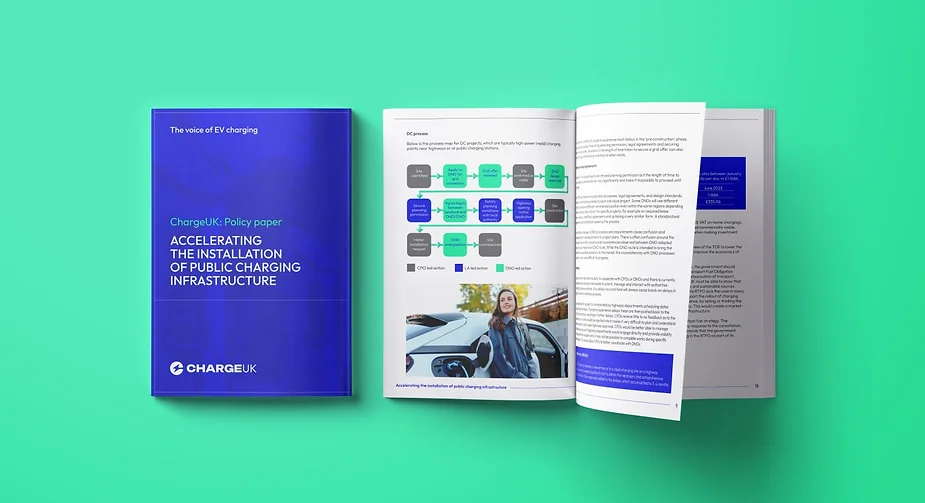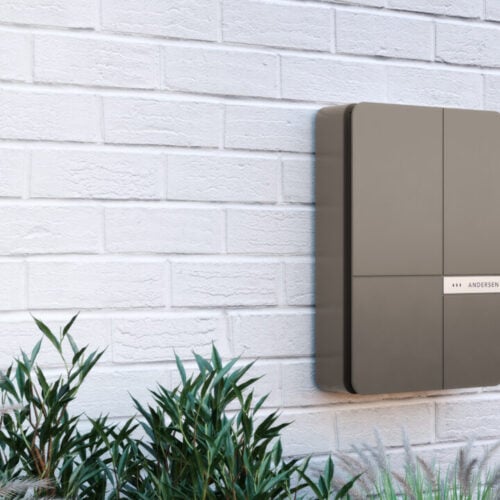ChargeUK has published a set of government recommendations to “reduce the real world average time” for AC and DC chargepoint installations.
The trade association, which represents the UK’s electric vehicle (EV) charging infrastructure, noted that the average time it takes to complete each process stage for chargepoint installations is “too long” with worst case scenarios becoming the norm across the industry.
In its report, ChargeUK put forward 13 solutions to iron out current complications and accelerate chargepoint installations. The solutions cover four key areas: grid connections; public funding; planning permits and consultations; and commercial viability.
Accelerating grid connections
The report recommended the adoption of a voluntary code of conduct for chargepoint operators (CPOs), public bodies and utilities, to be underpinned by a ‘duty to cooperate.’
This would include standardised legal documents covering land rights and access, as well as wayleaves and substation leases.
ChargeUK also recommended including an agreed timeframe for grid offers, within the code of conduct. According to the report, distribution network operators (DNOs) “should agree a mutually convenient date to energise within a set time period after the grid offer has been agreed, provided that the CPO has completed required works.”
Additionally, the trade association urged for standing charges to be set out transparently early on in a projects, ideally at the grid offer stage, allowing this to be taken into account when the projects viability is being assessed.
Improving public funding and procurement
The report held strong recommendations for the Office for Zero Emission Vehicles (OZEV) to help increase public funding and improve procurement.
Suggestions include: commit to a set timeline for reviewing and approving Local Electric Vehicle Infrastructure funding applications (LEVI), for which ChargeUK suggested four weeks maximum; clearer guidance in the success criteria for the LEVI fund; and for local authorities on how to apply technical guidance to specific sites and projects.
Simplifying planning, permits and consultations
ChargeUK called for more collaboration between CPOs and Highways Authorities to help streamline and standardise permit and license processes for EV infrastructure, providing timeline visibility and explaining rejections.
A review of licencing and legislation was also recommended (particularly the New Roads and Streetworks Act 1991 and the Highways Act 1980) as well as moving ahead with government proposals for introducing a unified consent process outlined in the 2022 Traffic Regulation Orders consultation.
Improving the commercial viability of charging sites
In one of the report’s case studies, ChargeUK revealed that one chargepoint operator saw a 334% increase in standing charges for one of its sites – increasing from £8.34 in January 2022 to £335.06 in June 2023.
To ensure that projects remain commercially viable, ChargeUK urged for standing charged be agreed earlier in the process – as stated under the proposed code of conduct – and for the “urgent” review of the Targeted Charging Review, which set a new methos for calculating transmission costs based on a businesses’ size and meter set up.
This has “drastically” increased standing chargers for CPOs, said ChargeUK and is making sites less commercial viable, preventing CPOs from rolling out infrastructure ahead of demand.
“Our members are already putting charge points in the ground at record pace and will spend £6 billion before 2030 on ensuring the UK has the right charging solutions in the right place,” said Ian Johnston, chair of ChargeUK said:
“But we want to go further and faster to make the UK the best place in the world to drive and charge an EV.
“We welcome steps the government has already committed to including pledges to improve connectivity and streamline planning. We firmly believe that ‘Accelerating the Rollout of Public Charge Points’ provides a framework for all stakeholders to work together to achieve our common goal – giving drivers the confidence they need to go electric and put the UK at the forefront of this exciting transition.”






